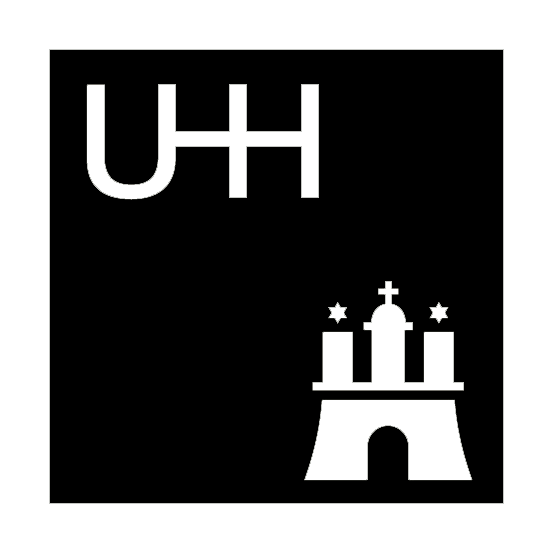research project
The presence of the self is increasingly shifting into the digital space. This development is only accelerated by the current global pandemic, during which physical spaces are only accessible to a limited extent. In this context, fashionable aspects of self-presentation in virtual spaces play an increasingly important role. At the same time, questions about sustainable alternatives related to consumption arise. In these turbulent times, clothing emancipates itself from its textile origins and increasingly manifests itself in virtual form on the internet. The research project, rooted in visual sciences and initiated by Judith Brachem and Lucas Stübbe, both students of the Department of Art History at the University of Hamburg, is dedicated to this virtual vestimentality from an interdisciplinary perspective and will convey insights gained in a concluding exhibition.
The Hamburg cultural scientist Aby Warburg (1866-1929) researched the migration of images between epochs, media and cultures and thus established a new perspective on art and popular culture. With his observations on the vestimentary from the perspective of art and image studies, he was a pioneer of his discipline. He summarized his observations on clothing, hair and accessories under the term "bewegtes Beiwerk" (accessories in motion), which he coined and which for him was connected to enhanced expression. In doing so, he opened up a discourse in art history that was no longer concerned only with the higher arts, but for the first time also with everyday phenomena such as dress. At the same time, he coined a new terminology and scientific perspectives that can still be applied to contemporary phenomena today (see Warburg's Iconology). The research project therefore chooses Warburg as an essential theoretical reference and transfers his concept of the “bewegtes Beiwerk” into the digital sphere through the concept of the “virtuelles Beiwerk” that we have conceived.
The transfer of clothing from the physical to the digital space corresponds to a phenomenon that Warburg describes in his interdisciplinary research as “Bildwanderung” (image migration). This figure of thought captures similar formations and iconographic shifts in different media images. The project is based on the following questions: In what way are textiles translated into virtual space or produced there in the first place? How can something immaterial be described and analysed from an art historical perspective? In what way do objects and images that do not exist in reality migrate and how or where does this migration take place? What “Ausdruckssteigerung” (expressive enhancement, Warburg) lies in the virtual use of vestimentary extensions? At the core of the research work is the transfer of Aby Warburg's concept of the “bewegtes Beiwerk” into the virtual space. In this way, we are directly linking up with more recent image-scientific considerations of dress, but also with cultural-scientific findings on digital space and transferring previous findings to the new research field of vestimentary virtuality. In this process, it will be necessary to ask how the research approach can be complemented by considerations such as those of Walter Benjamin, Georg Simmel or Friedrich Theodor Vischer - who devoted themselves to the topic of fashion and clothing from an art-scientific as well as philosophical perspective. Although our interdisciplinary research is primarily based on the perspective of visual sciences - according to which non-artistic images such as digital graphics or textile objects also become the subject of research - it opens up the discourse to other fields of research in which both dress and virtual objects play a role.
Dr. Leena Crasemann, research associate at the BMBF-funded research network “Bilderfahrzeuge - Aby Warburg's Legacy and the Future of Iconology” at the Warburg-Haus Hamburg, whose research focuses on the textile, is accompanying this project as a mentor.
The research project is funded by the Excellence Strategy of the University of Hamburg.
Legal Notice & Data Privacy Policy
Funded by the University of Hamburg